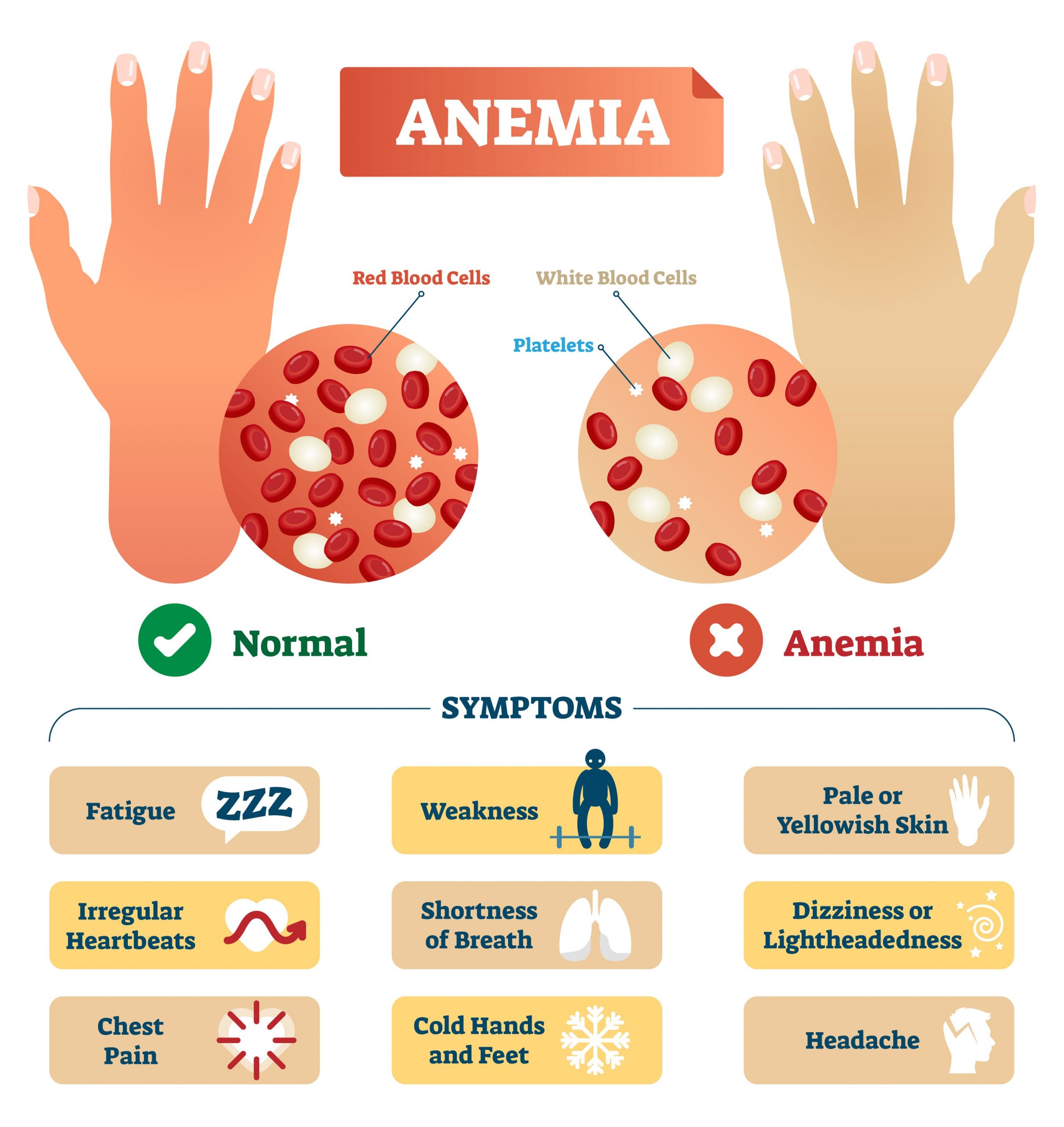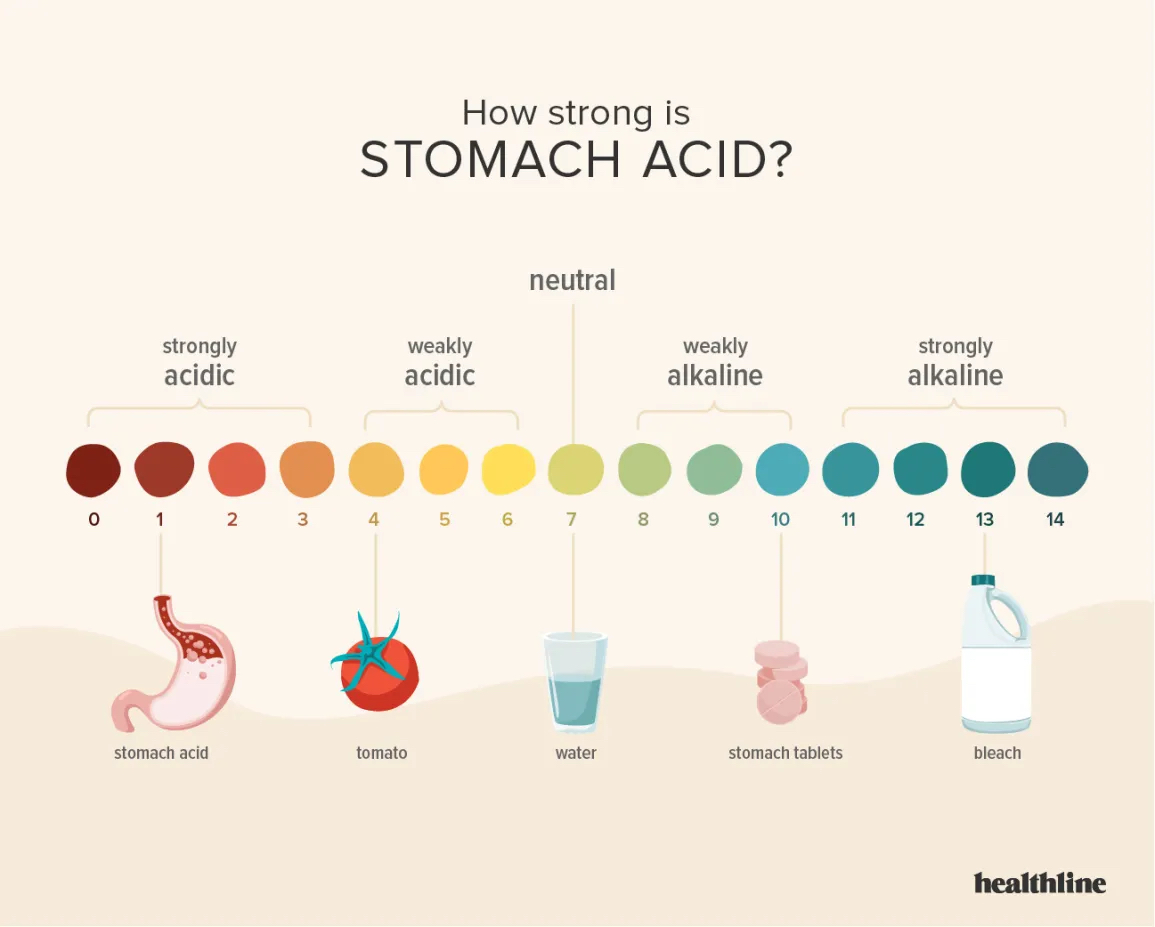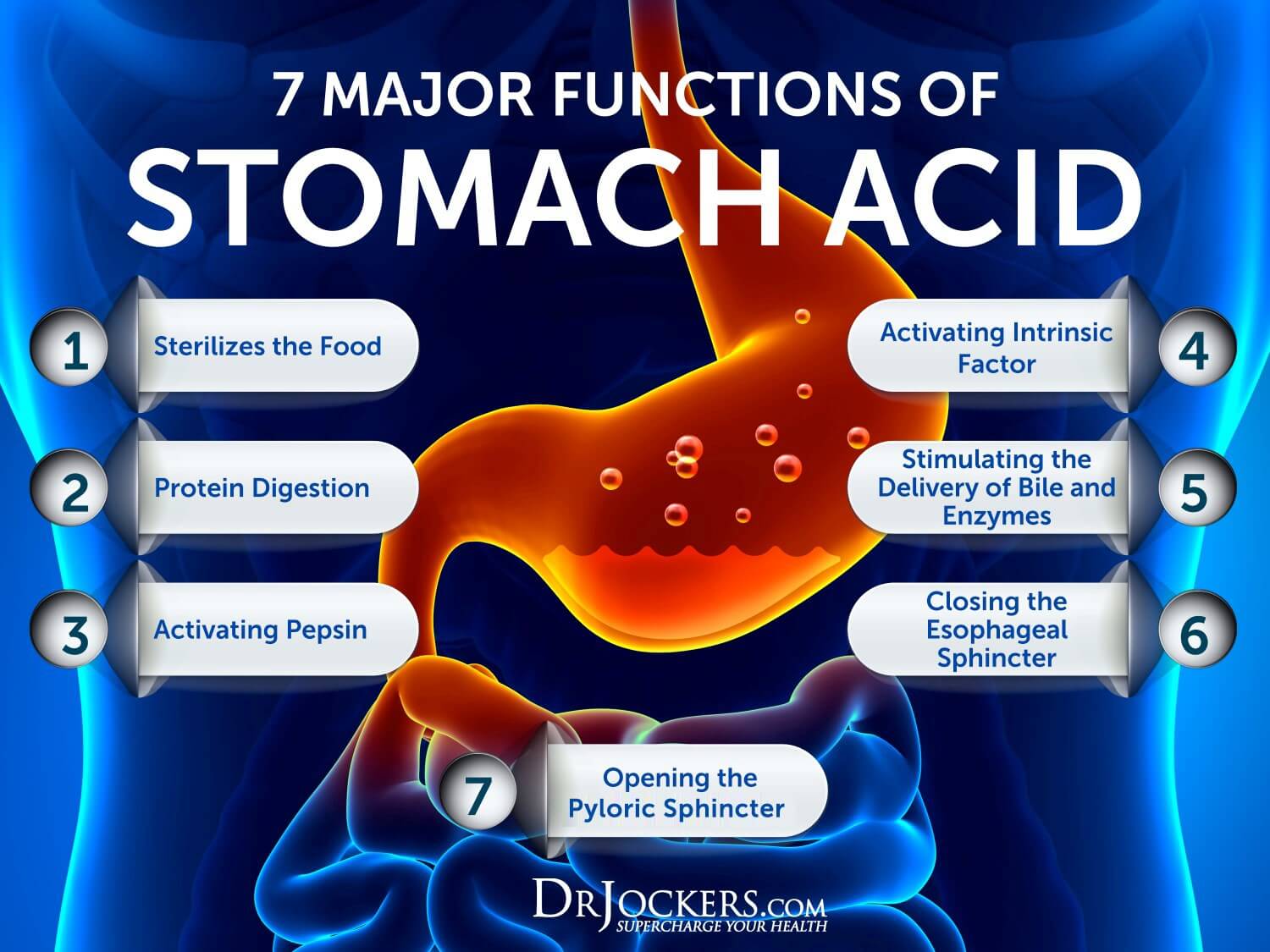
The gastrointestinal tract (GIT) is approximately 7 m long with a 300 meter2 surface area.1 Such an organ functions as a gatekeeper defending against pathogenic organisms while concomitantly allowing for the breakdown, absorption, and passage of nutrients.1(2.3) Thus, physiological aberrations in the GIT can, and do, compromise the individual’s health and homeostasis. To appreciate the GIT’s role in health support, the following will consider how poor stomach acid (hypochlorhydria) affects nutrient absorption. Specifically, focus will be placed on hypochlorhydria, its relationship to iron absorption/anemia, and solutions to enhance iron absorption.

Anemia is characterized and defined as inadequate hemoglobin (HGB) levels of less than 12.0 g/dL for females and less than 13.5 g/dL for males.2,3 Anemia is also defined as a low red blood cell (RBC) count, generally measured as a percentage of RBCs relative to whole blood volume, otherwise known as hematocrit (HCT).3(85) Anemia, as measured via HCT, is present when HCT is less than 36% for females and less than 40% for males.4 Thus, when one or both measures (HBG/HCT) are below normative values, anemia is indicated. One cause of anemia, as discussed in previous posts, is low iron digestion and absorption. Such an event can be induced from inadequate stomach acid production leading to a pH above 4; a condition known as hypochlorhydria, which denies passage of iron across the enterocyte.3(172),5

One solution, among many, to improve hypochlorhydria is returning stomach acidity back to normal pH levels between 1-2.6 Such can be achieved through the use of a supplement known as betaine hydrochloride (BHC).7 Said intervention may be particularly useful if an individual has had a history of using acid-reducing pharmacological agents (ARPAs) such as proton-pump inhibitors (PPIs) or H2-receptor antagonists (H2-RAs); such substances can increase pH ≥4 during use, moving acidity towards a more alkaline state thereby inducing hypochlorhydria.7(1358) BHC can help temporarily (if an individual has to stay on ARPAs) circumvent the higher pH in order to allow for proper absorption of pH dependant nutrients, such as iron. Such a proposal is predicated off of the work of Yago et al.7(1358)

Yago et al7(1358) examined how hypochlorhydria negatively affected digestion/absorption processes amongst cancer patients; findings indicated that pH >4 inhibited the absorption of medications used to treat cancer. To examine the utility of BHC’s potential to create a low pH window for pH-dependant medication absorption, the researchers conducted a randomized, single-dose, three-way crossover study.7(1358) Healthy volunteers received dasatinib (cancer drug) alone, after pre-treatment with rabeprazole (an ARPA), and with 1500 mg BHC after rabeprazole pre-treatment.7(1358)Rabeprazole significantly reduced absorption of dasatinib due the high pH environment of the stomach. However, implementing the co-administration of BHC significantly increased dasatinib when compared to the control (dasatinib alone).7(1358)
The above findings outline the effectiveness of using BCL to transiently drop stomach pH, allowing for the successful absorption of pH-dependant medications. Such outcomes might be applied to anemic individuals who require the ongoing use of ARPAs, but who also require temporarily low pH levels necessary for iron absorption. Thus, the use of BCL with iron supplementation may serve as a viable option in mitigating anemic signs and symptoms, while allowing the return to higher gastric pH levels thereafter, if required.
References
1. Pizzorno J, Katzinger, J. Clinical pathophysiology: A functional perspective. Coquitlam, BC: Mind Publishing Inc; 2012.
2. Brown JE. Nutrition through the life cycle. 5th ed. Stamford, CT: Cengage Learning; 2014.
3. Kohlstadt I. Advancing Medicine with Food and Nutrients. 2nd ed. London, NY: CRC Press; 2012.
4. Billett HH. Clinical methods: The history, physical, and laboratory examinations. 3rd ed. Boston: Butterworths; 1990.
5. Bavishi C, DuPont HL. Systematic review: The use of proton pump inhibitors and increased susceptibility to enteric infection.Aliment Pharmacol Ther. 2011:34(11-12):1268-1281. doi: 10.1111/j.1365-2036.2011.04874.x.
6. Lord RS, Bralley, JA.Laboratory Evaluations for Integrative and Functional Medicine. 2nd ed. Duluth, GA: Genova Diagnostics; 2012.
7. Yago MR, Frymoyer A, Benet LZ, et al. The use of betaine HCL to enhance Dasatinib absorption in healthy volunteers with Rabepprazole-induced hypochlorhydria. AAPS J. 2014;16(6):1358-1365. doi:10.1208/s12248-014-9673-9.
-Michael McIsaac
